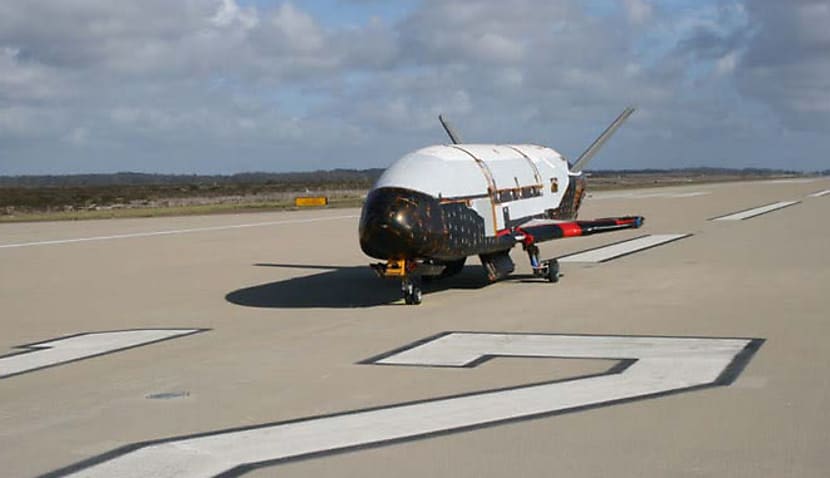The spacecraft will ride atop a SpaceX Falcon 9 rocket on a mission designated USSF-36. The reusable, uncrewed spaceplane, often described as a miniature version of NASA’s retired Space Shuttle, is operated jointly by the Space Force and the Air Force Rapid Capabilities Office.
For its latest mission, the X-37B will carry out a broad suite of classified and unclassified experiments, including demonstrations of advanced laser-based inter-satellite communications and testing of a cutting-edge quantum inertial sensor designed to enhance navigation in orbit.
“OTV-8 exemplifies the X-37B’s status as the US Space Force’s premier test platform for the critical space technologies of tomorrow,” Air Force Rapid Capabilities Office acting director William Blauser said. “Through its mission-focused innovation, the X-37B continues to redefine the art of the possible in the final frontier of space.”
The X-37B program has been running since its first launch in April 2010 and has already amassed more than 4,200 days in space. Previous missions have trialled a range of technologies, including an experimental Naval Research Laboratory system for collecting solar power in space and beaming it back to Earth, orbital manoeuvring through aerobraking, and exposing plant seeds to radiation in preparation for future long-duration crewed missions to the moon and Mars.
Built by Boeing and measuring just under nine metres in length with a wing-span of 4.6 metres, the X-37B is launched vertically on a rocket but lands horizontally on a runway, much like a conventional aircraft.
It can remain in orbit for years at a time thanks to its high-efficiency solar arrays and is capable of changing its orbit mid-mission – a capability that has fuelled speculation about its potential military applications.
Although much of the X-37B’s mission profile remains classified, analysts view it as a vital test bed for technologies that could underpin the next generation of reusable spacecraft and rapid-response orbital operations.
Some defence experts have suggested that the spaceplane may also be used to trial surveillance payloads, satellite inspection manoeuvres, or new defensive and counterspace capabilities though the US has consistently framed the program as research-focused.
With competition in space heating up between the United States, China and Russia, the X-37B represents one of the most versatile and closely guarded assets in the US military’s expanding space arsenal.

